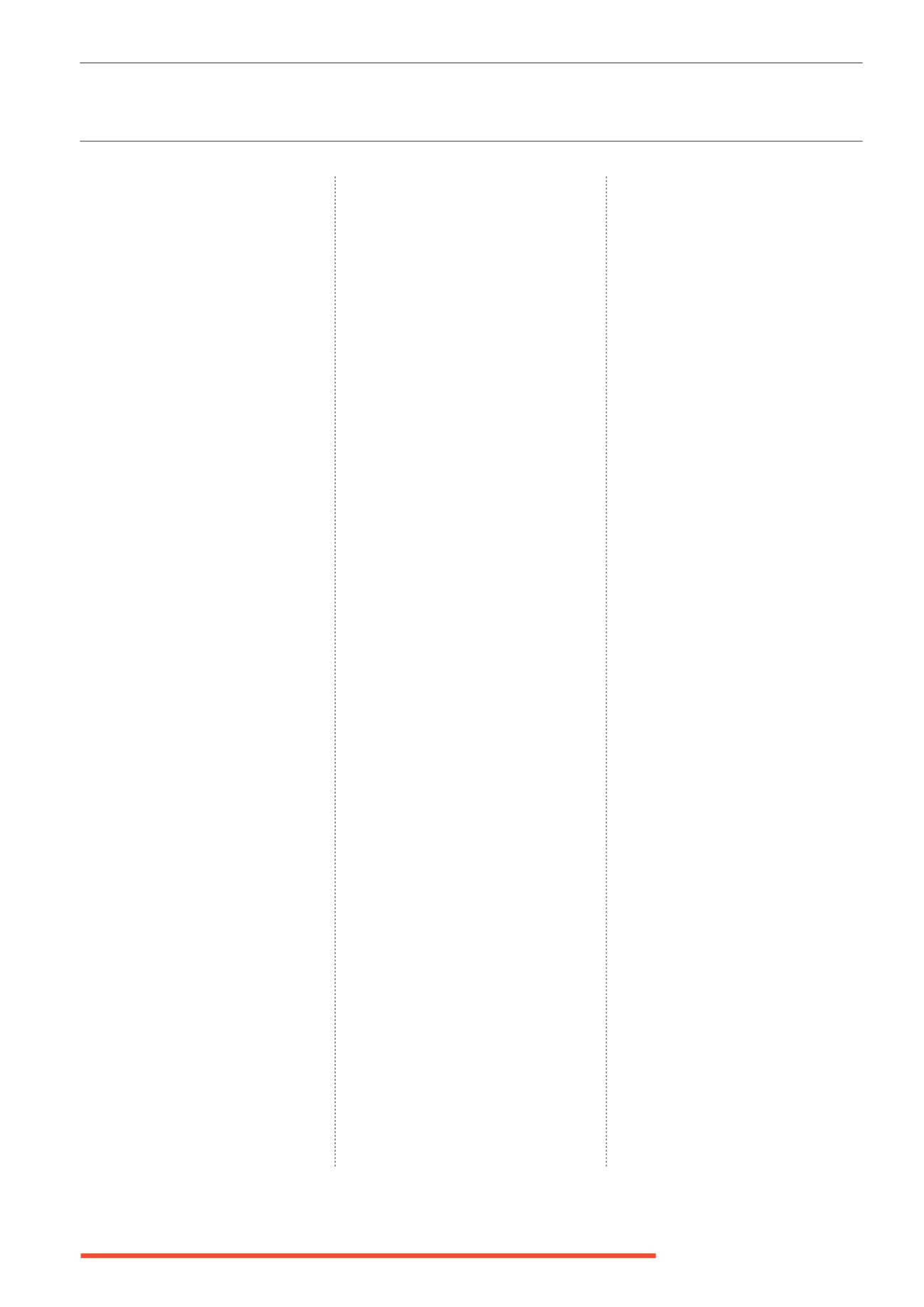
9
posted extremely strong price returns
over the seven years to mid 2013.
The Economist has also released the
Economist Valuables Index, with each
asset on the index weighted according
to Barclays wealth management
holdings of rich individuals: 36% fine
art, 25% classic cars, 17% coins, 10%
wine, 6% stamps and the remaining 6%
guitars and violins. The index shows
that an investor that diversified across
the whole Economist Valuables Index
would have achieved 211% nominal
growth over a 10 year period since 2003
– compared to 147% (including dividend
income) from the MSCI World index.
The World Wealth Report, covers
Investments of Passion on an annual
basis and the 2009 issue
8
, reported
that the financial crisis and it’s wake
significantly impacted the spending
patterns of high net worth individuals
(HNWI) and that in general, this group
of investors reduced their spending
(and investing) on luxury goods and
collectible items during 2008. However,
this was relatively short lived, with
HNWIs “cautiously” returning to passion
investments in 2009, although demand
remained weaker than before the
crisis in many categories of assets.
The credit crunch and subsequent
economic recession saw extreme
volatility amongst traditional
mainstream investments, leading to
substantial losses for some and the
pursuit of diversification, which many
HNWIs and ultra HNWIs (UHNWIs)
looked to achieve, at least partially,
through passion assets; not only are
they scarce and highly sought-after, but
the global pool of individuals with the
means and the interest to participate
in the market for these assets is
growing and even whilst the financial
markets were still in flux, the World
Wealth Report 2010 found that HNWIs
were returning to passion investment,
and that they were approaching it
as “investor-collectors”, seeking out
those items that are perceived to
have tangible long-term value”
6
.
Even prior to 2008, passion assets
were rising in value due to increasing
demand from emerging Asian markets
– particularly newly wealthy Chinese
and Indian investors. As the global
economy continues to recover, those
with the cash and the drive to collect,
looking for kudos and cachet, whether
or not they are also looking for a store
of increasing wealth, are growing in
number; the global population of
UHNWIs rose by almost 5,200, or 3%,
in 2014, with around 15 people a day
joining the ranks of the ultra-wealthy,
or those worth over US$30m, and 53
new billionaires were created. Over
the 10 years from 2015, the number of
UHNWIs around the world is forecast
to rise by 34% to almost 231,000.
9
The
Knight Frank 2015 Wealth Report states
that over 60% of the respondents to
this year’s Wealth Report Attitudes
Survey said their UHNWI clients were
becoming more interested in collecting
investments of passion.
10
This has the
potential to drive up the price of any
fine wine asset, with rarity and quality.
The category of “other collectibles” –
including coins, wines and antiques
was the second most popular
category of luxury investments,
after jewellery, gems and watches,
in the first quarter of 2013 in the
Capgemini Wealth Report. They found
particular favour in North America,
where the assets comprised 30.6%
of passion investment allocations
11
.
COLLECTING AND
INVESTING
In terms of collecting and investing,
Sara Guiducci of Berry Bros. & Rudd
sees that, “There is often an overlap,
especially at the high end of the market
from an investment and a drinking
point of view. There is an enjoyment
factor with collecting, while people
have always bought more than they can
possibly drink because that enables
them to fund their drinking”
7
. And it is
true to say that“ The clear advantage of
investments of passion over traditional
investors is the enjoyment - physical
or emotional - and social cache that
they can bring the collector”
12
.
In fact, fine wine investing, as we
know it today, rather than simply
collecting as a hobby, is a relatively
new phenomenon. As a hobby, the
history of collecting goes back many
hundreds of years, with the origins of
wine production going back thousands
of years: wine production dates back
around 6,500 years.
12
One of the most
notable collectors of the last few
centuries was Thomas Jefferson, third
US President and wine connoisseur
– when he was ambassador to France
he spent much of his time visiting the
vineyards of Bordeaux and Burgundy,
buying wine for his own collection and
on behalf of his friends back home.
13
However, the purchase and sale of the
best wines for profit only became an
established phenomenon in the late
1970s and early 1980s. In the United
States in particular, there were barriers
to entry in the form of legal restrictions
on the sale and purchase of alcohol
and the market was difficult to access.
Modern wine investment has its roots in
the 1982 vintage, which coincided with
the first Bordeaux reviews from Robert
Parker, the world’s most influential
and controversial wine critic. Many
believe that it is no accident that the
rise of fine wine investing coincided
with his coming to prominence as a
wine taster, with his 100 point rating
system, first published in The Wine
Advocate in 1978. His meticulous
methods and easy to read descriptions
gave consumers an ‘analyst’s view’
they craved, and a points system that
simplified buying decisions at a time
when other information was scarcely
available to non-industry insiders.
14
Additionally, in the last fifteen years,
the internet and sites like Liv-ex.com,
have introduced transparency to a
traditionally opaque market, making
pricing and research easier to access.
Liv-ex provides comprehensive real
“We understand that wealthy individuals acquire passion investments primarily because
they are attractive assets, and have emotional attachment. However, their investment
performance is difficult to ignore”
Mohammad Kamal Syed, Coutts


